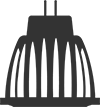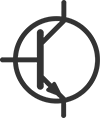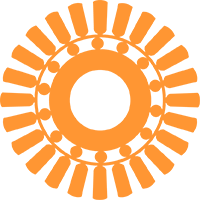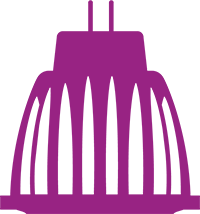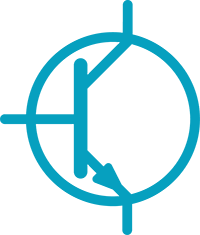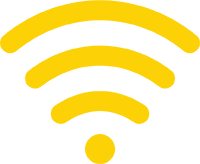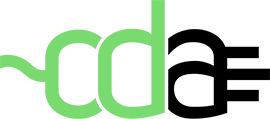Lighting is an essential part of everyday life. Lighting extends the working day, enabling people to work in enclosed dwellings, offices and factories improving our quality of life and productivity of our workforces. However, lighting consumes energy and materials in the manufacturing and operation of lighting products. According to UN Environment, lighting accounts for approximately 15% of all global electricity consumption (UNEP, 2016) – and as LED lighting penetrates the global lighting market, this proportion is expected to decrease. With LED lighting, energy consumption can be reduced without compromising lighting quality, through the use of appropriate policies and programmes. But how do we make LED market deployment as effective as possible?
“Lessons Learned Bringing LEDs to Market” is intended to inform and encourage policies and programmes around the world to accelerate the uptake and supply of high quality and energy efficient LEDs. The new report captures quality assurance mechanisms, including market monitoring and performance testing; tailored communication approaches for consumers and businesses; manufacturer support and incentive approaches for consumers and businesses.
The SSL Annex member countries offer lessons learned from their work to promote quality LED lighting, recognising the fact that governments and other stakeholders can play a pivotal role in raising supply chain awareness of efficiency opportunities with LEDs, helping to build demand and stimulate supply for highly efficient and quality products.
“The member countries of the SSL Annex have used a wide range of policy and programme approaches at different times, designed to be appropriate for each market and a particular stage of development,” said Dr. Peter Bennich, chair of the SSL Annex’s Management Committee and representative of the Swedish Energy Agency. Sweden is one of the Annex’s member countries. “This report provides a high-level overview of those activities in the hopes that other governments will use this information to accelerate market development for quality lighting in their own countries, achieving their strategic policy goals.”
The report covers four broad themes that encapsulate the lessons learned bringing these technologies to market:
- Quality Assurance – considering market mechanisms such as minimum efficiency performance standards (MEPS), LED performance guidelines and specifications, and market monitoring, verification and enforcement.
- Communication Tools – considering interventions such as product certification, labelling and information programmes, training programmes for retailers and initiatives to engage with lighting designers and other lighting professionals;
- Incentive Schemes – promoting high quality lamps through specifications and incentives targeting the domestic and the professional lighting markets;
- Domestic Manufacturing Support – recognising that the ‘science of today is the surplus of tomorrow’, many governments have looked to support their domestic companies engaged in LED lighting manufacturing, including public investments, awards and other programmes.
SSL Annex member countries have decades of combined experience with developing markets for LED illumination products; however, no single policy or programmatic model applies globally. Rather, a portfolio of market transformation policy and programme tools can support and sustain markets for high quality, energy efficient products. Governments and energy efficiency programmes can raise awareness of efficiency opportunities and the benefits of LED products, throughout the supply chain. In many cases, support for developing and deploying LED illumination products constitutes the first step in a rapid market transformation to an energy-efficient economy.
About the IEA 4E SSL Annex:
The SSL Annex was established in 2010 under the framework of the International Energy Agency’s Energy Efficient End-use Equipment (4E) Implementing Agreement to provide advice to its member countries seeking to implement quality assurance programmes for SSL lighting. This international collaboration was originally established by the governments of Australia, Denmark, France, Japan, The Netherlands, the Republic of Korea, Sweden, United Kingdom and the United States of America. Further information on the 4E SSL Annex is available from: https://ssl.iea-4e.org
Press Contacts:
| SSL Annex Questions | SSL Annex Chair |
Nils Borg Operating Agent Borg & Co. Stockholm, Sweden T: +46 70 585 31 74 | Dr. Peter Bennich Chairman, SSL Annex Management Committee Swedish Energy Agency Stockholm, Sweden T: +46 16 544 22 78 |

























